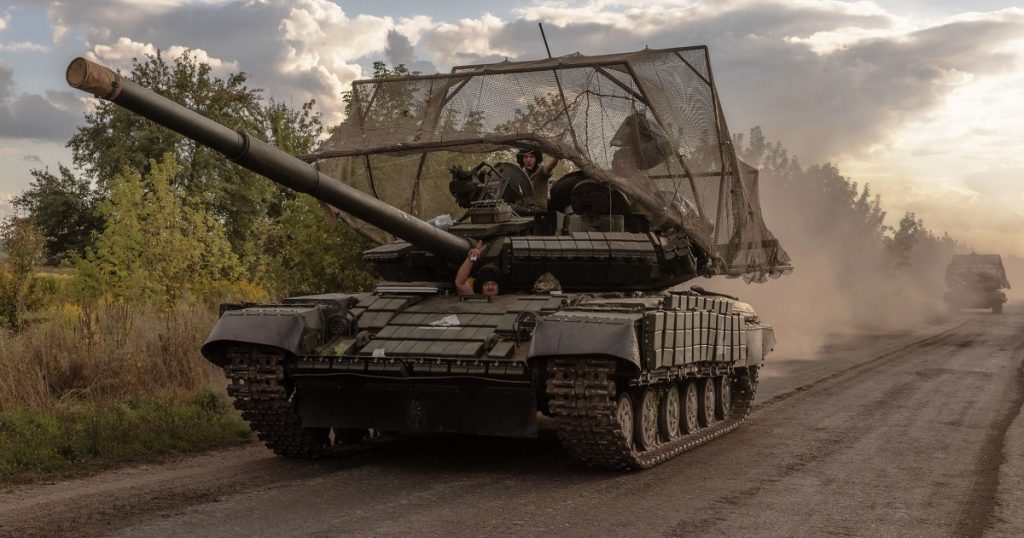Last week, the Kremlin rushed reinforcements to the Kursk region after reports of ongoing battles between Russian and Ukrainian forces. Ukraine has lost over 1,300 troops in the operation, according to the Russian defense ministry, while President Putin claimed that Ukrainian losses were increasing dramatically. The situation is a blow to Putin’s internal standing, with reports of fighting continuing inside Russia and neighboring regions potentially at risk. Tens of thousands of people have been evacuated from border communities in Kursk, with new evacuations announced in the Belovsky district and rising enemy activity reported in the Krasnoyaruzhsky district of the neighboring Belgorod region.
The two sides have accused each other of endangering Europe’s largest nuclear plant, the Zaporizhzhia Nuclear Power Plant in southern Ukraine. Ukrainian President Zelenskyy shared a video showing smoke billowing from the plant, claiming that Russian forces had started the fire. Moscow, on the other hand, blamed Ukraine for the incident, with the Kremlin-installed governor of the region stating that the fire was a result of shelling by Ukraine. Both Ukrainian and Russian officials have confirmed that radiation levels at the plant remain normal, and the International Atomic Energy Agency stated that there was no impact on nuclear safety despite the explosions and smoke witnessed at the plant.
The ongoing battles in the Kursk region and the situation at the Zaporizhzhia Nuclear Power Plant have placed a strain on relations between Russia and Ukraine, with both sides engaging in accusations and counter-accusations. The conflict has led to significant casualties on both sides, with the international community closely monitoring the situation. Despite evacuations and efforts to maintain nuclear safety, the potential for escalation remains a concern as tensions continue to rise in the region. The involvement of military bloggers and reports of fighting inside Russia suggest a volatile situation that could have far-reaching consequences.
The national emergency declared in response to the conflict in the Kursk region highlights the severity of the situation and the challenges faced by both Ukraine and Russia. The evacuation of tens of thousands of people from border communities underscores the impact of the conflict on civilians, with reports of civilian casualties and destruction adding to the sense of urgency. The governor of the Belgorod region’s warning about rising enemy activity near the border with Ukraine further emphasizes the precarious nature of the situation, with officials taking proactive measures to ensure the safety of residents. The ongoing battles and tensions highlight the complex geopolitical dynamics at play in the region and the need for diplomatic efforts to de-escalate the conflict.
The involvement of the International Atomic Energy Agency and the United Nations highlights the global implications of the conflict, particularly in relation to nuclear safety. The response to the incident at the Zaporizhzhia Nuclear Power Plant underscores the importance of international cooperation and coordination in addressing potential threats to nuclear facilities. Despite the accusations and conflicting narratives from both sides, efforts to maintain nuclear safety and prevent a further escalation of the conflict remain a top priority for the international community. The situation in southern Ukraine and the broader Kursk region serves as a stark reminder of the devastating impact of war and the urgent need for peace.


